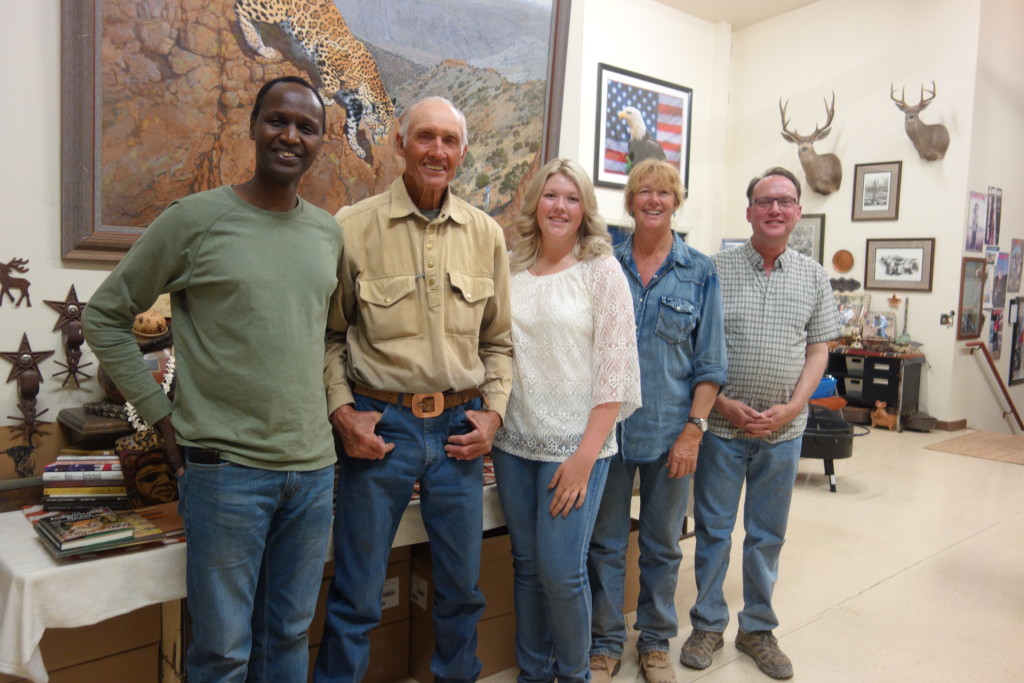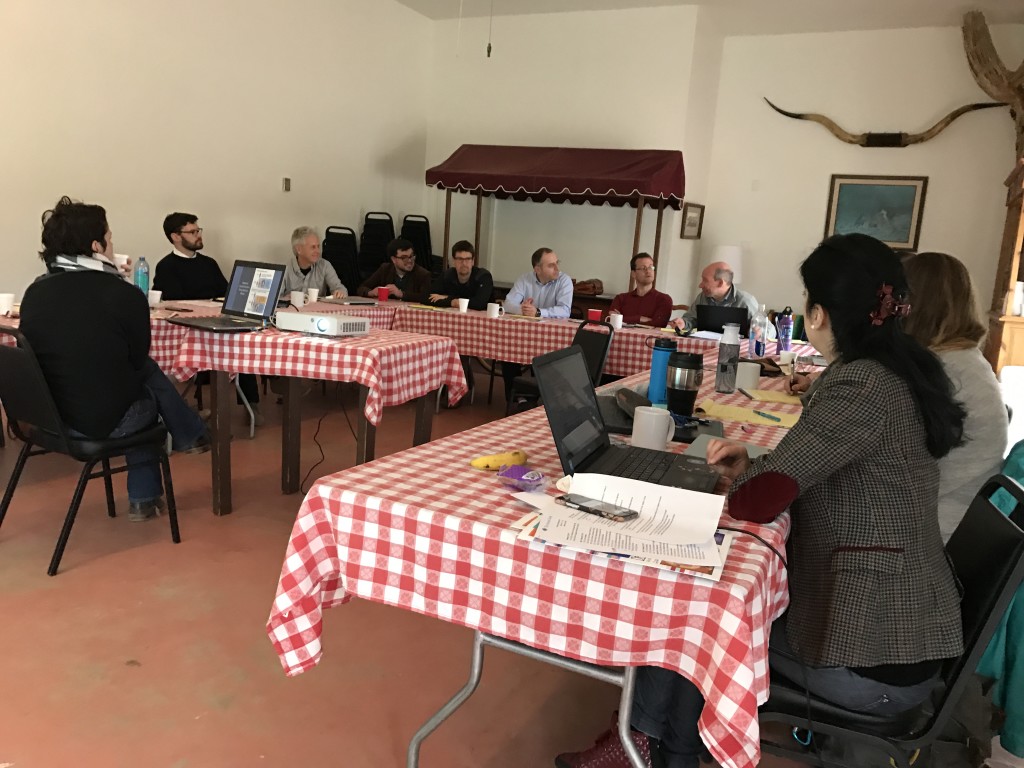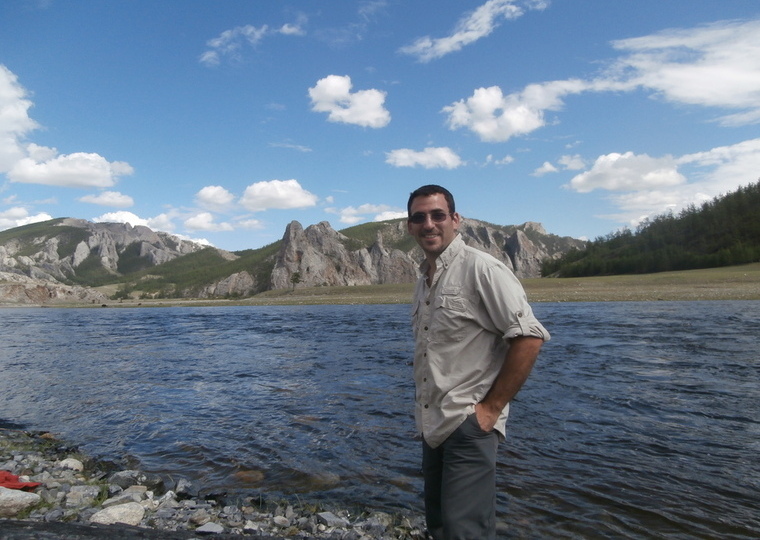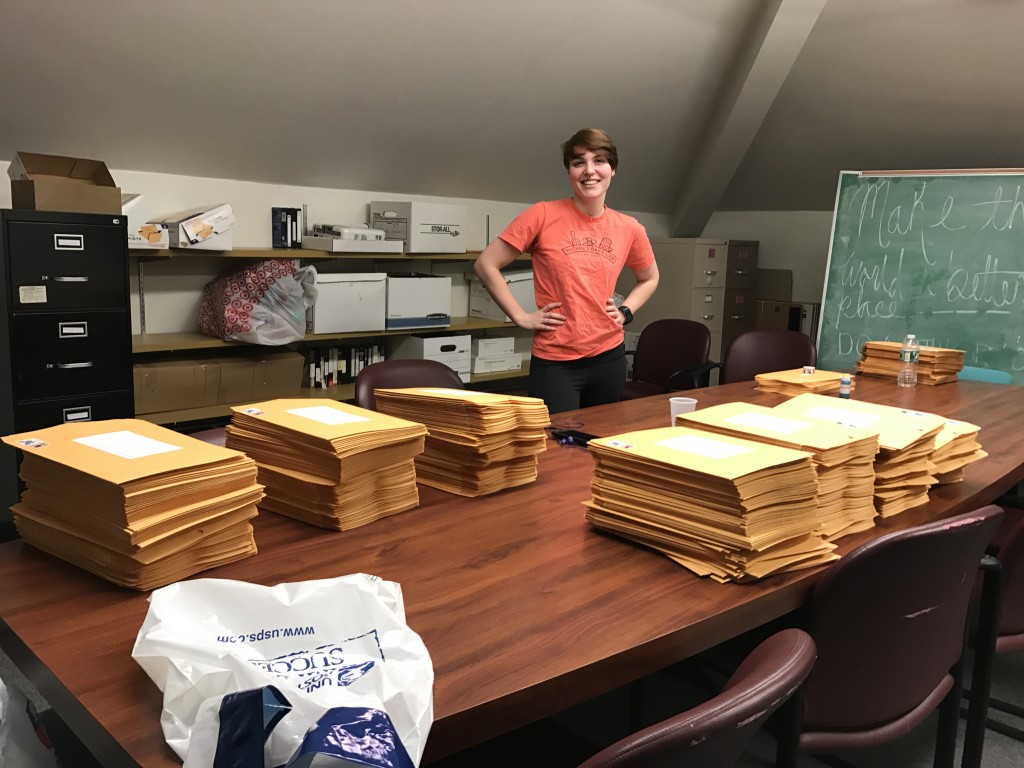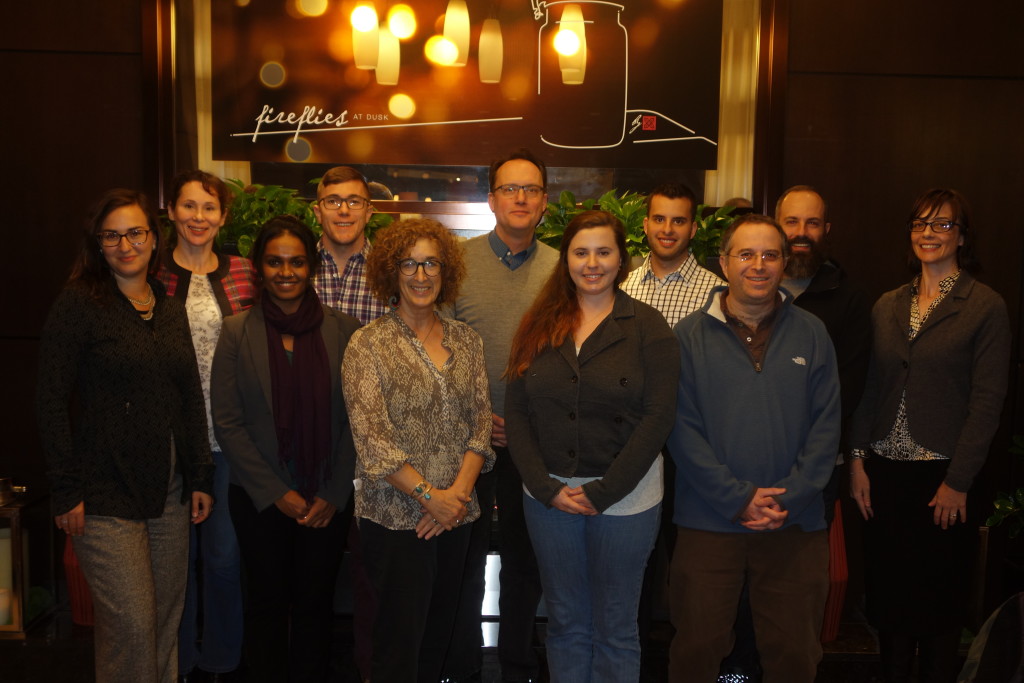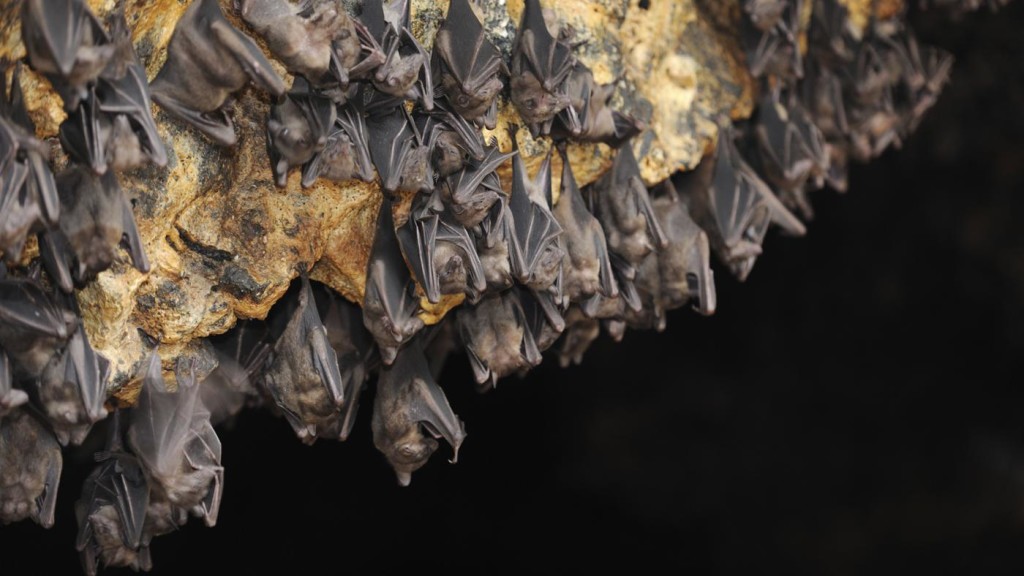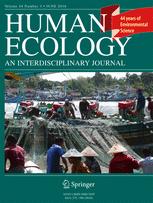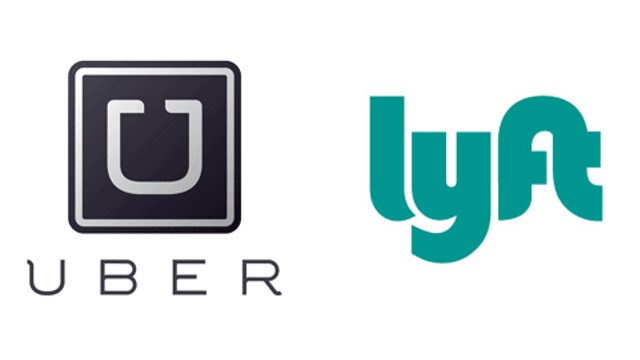Human Generosity Project members visit Arizona’s Malpai Ranch
On April 22, 2017, Human Generosity co-director Lee Cronk (at the far right in the above photo) and Maasai field site supervisor Dennis Sonkoi (far left) visited the Malpai Ranch in the far southeastern corner of Arizona. The ranch is home to Warner Glenn (next to Dennis), his daughter Kelly Glenn-Kimbro (next to Lee) and Kelly’s daughter Mackenzie (center). In addition to enhancing our ability to compare across our many field sites, the visit was also something of a homecoming for Dennis, whose first visit to the United States several years ago was part of a cultural exchange between Malpai-area ranchers, including the Glenns, and Maasai from both Kenya and Tanzania. In addition to visits like this one, Cronk is also using his time in Arizona and New Mexico to conduct interviews with some of the many ranchers who responded to the project’s recent mail survey.
SHARE THIS PAGE:

